Remember when movie chemistry was something you could practically feel through the screen? Back in the ’60s and ’70s, Hollywood had a special magic that made us believe every stolen glance, every tender moment, and every passionate embrace was absolutely genuine. These weren’t just actors playing parts—these were real people falling in love right before our eyes, and we were lucky enough to witness it.
1. Paul Newman and Joanne Woodward in “A New Kind of Love” (1963)
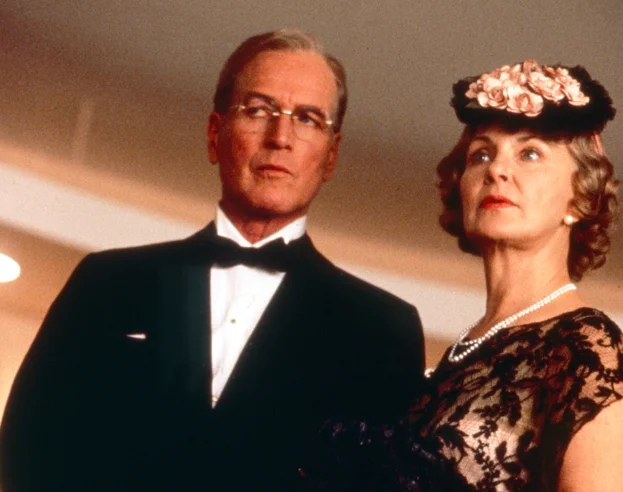
When Paul Newman and Joanne Woodward appeared together on screen, it wasn’t just their characters who were smitten—their real-life marriage added an authenticity that simply couldn’t be faked. The way Newman looked at Woodward in “A New Kind of Love” had that unmistakable quality of a man genuinely captivated by his leading lady. Every shared scene crackled with the kind of natural intimacy that only comes from true partnership. People traces the real history between these two larger-than-life stars.
Their chemistry extended far beyond the soundstage, creating performances that felt effortlessly real and deeply romantic. Woodward’s natural grace paired with Newman’s roguish charm made for movie magic that transcended acting. When they shared those quiet moments together, you could see decades of love and understanding passing between them—something no script could ever capture.
2. Faye Dunaway and Warren Beatty in “Bonnie and Clyde” (1967)
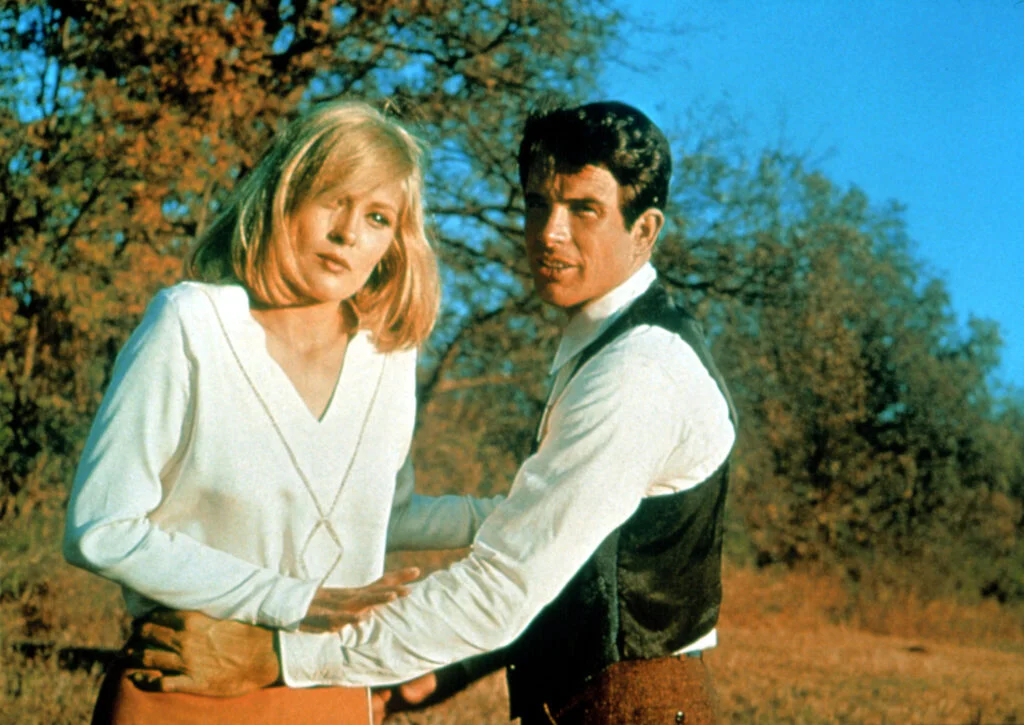
The dangerous attraction between Bonnie Parker and Clyde Barrow felt electric because Dunaway and Beatty brought an intensity to their roles that seemed to spill over into real life. Their on-screen relationship had that perfect balance of tenderness and wildness that made you forget you were watching a movie about notorious criminals. The way they looked at each other during those quiet moments in the car suggested a connection that went far deeper than their scripted dialogue. As recounted by SlashFilm, the two also shared a big on-screen mistake that other hosts could relate it.
Beatty and Dunaway’s chemistry was so convincing that audiences found themselves rooting for these outlaws, despite their criminal behavior. Their intimate scenes had a raw honesty that made you believe in their desperate love story. The tragic beauty of their relationship felt genuine because both actors seemed to understand the profound loneliness their characters shared.
3. Robert Redford and Barbra Streisand in “The Way We Were” (1973)
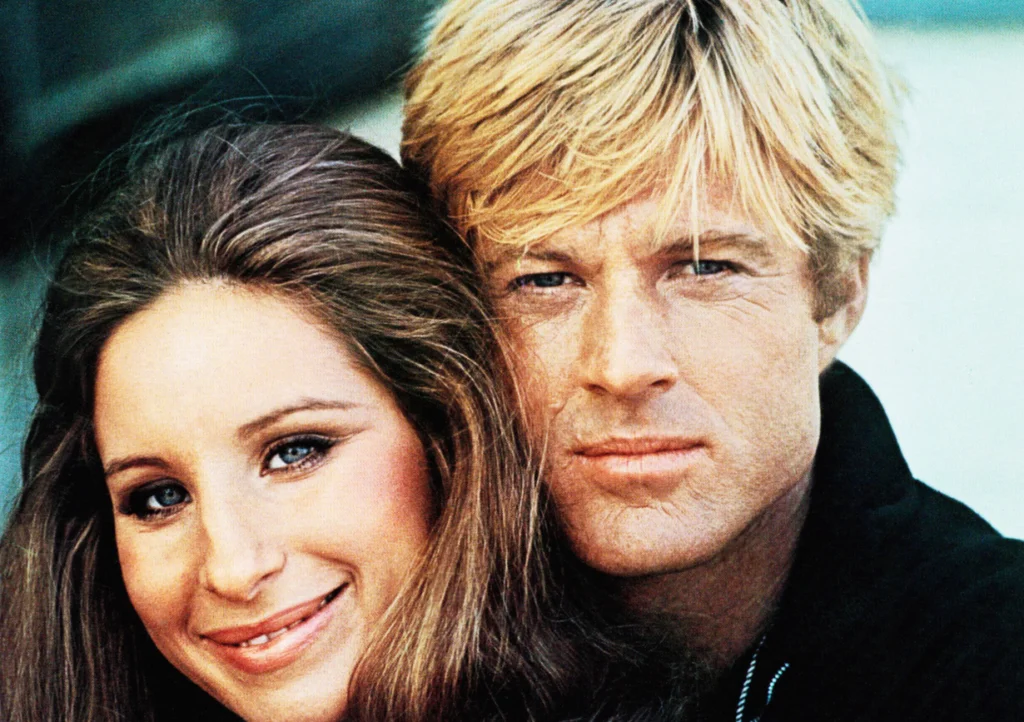
The bittersweet romance between Katie and Hubbell captured something universal about love that doesn’t quite fit but refuses to die. Streisand and Redford brought such genuine emotion to their roles that their relationship felt like watching real people navigate the complexities of mismatched love. Their chemistry was built on the beautiful tension between Streisand’s passionate idealism and Redford’s easygoing charm. The Hollywood Reporter shares the role Streisand played in getting Redford to star in the film.
Every scene they shared carried the weight of what might have been, making their love story feel achingly real. The way Redford looked at Streisand—with a mixture of admiration and gentle sadness—suggested a man who truly understood the woman he couldn’t quite hold onto. Their final scene together still brings tears because it captures the profound melancholy of loving someone you can’t change.
4. Jack Nicholson and Faye Dunaway in “Chinatown” (1974)
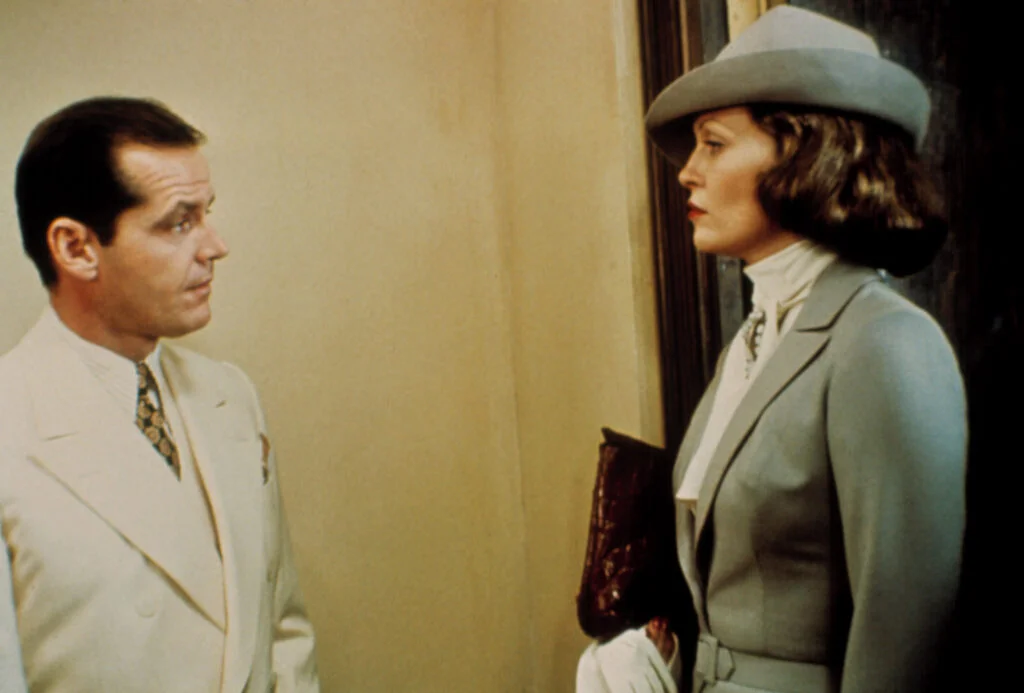
The complex relationship between Jake Gittes and Evelyn Mulwray simmered with an undercurrent of attraction that felt dangerously real. Nicholson and Dunaway created a chemistry built on mystery and mutual fascination that kept audiences guessing about their true feelings. Their scenes together had an electric quality that suggested both actors were genuinely intrigued by each other’s performances.
Dunaway’s vulnerable strength played perfectly against Nicholson’s determined cynicism, creating moments of unexpected tenderness. The way they moved around each other felt like a careful dance between two people who recognized something familiar and dangerous in one another. Their tragic connection had the kind of doomed romance quality that only works when the actors truly understand their characters’ deepest motivations.
5. Steve McQueen and Ali MacGraw in “The Getaway” (1972)
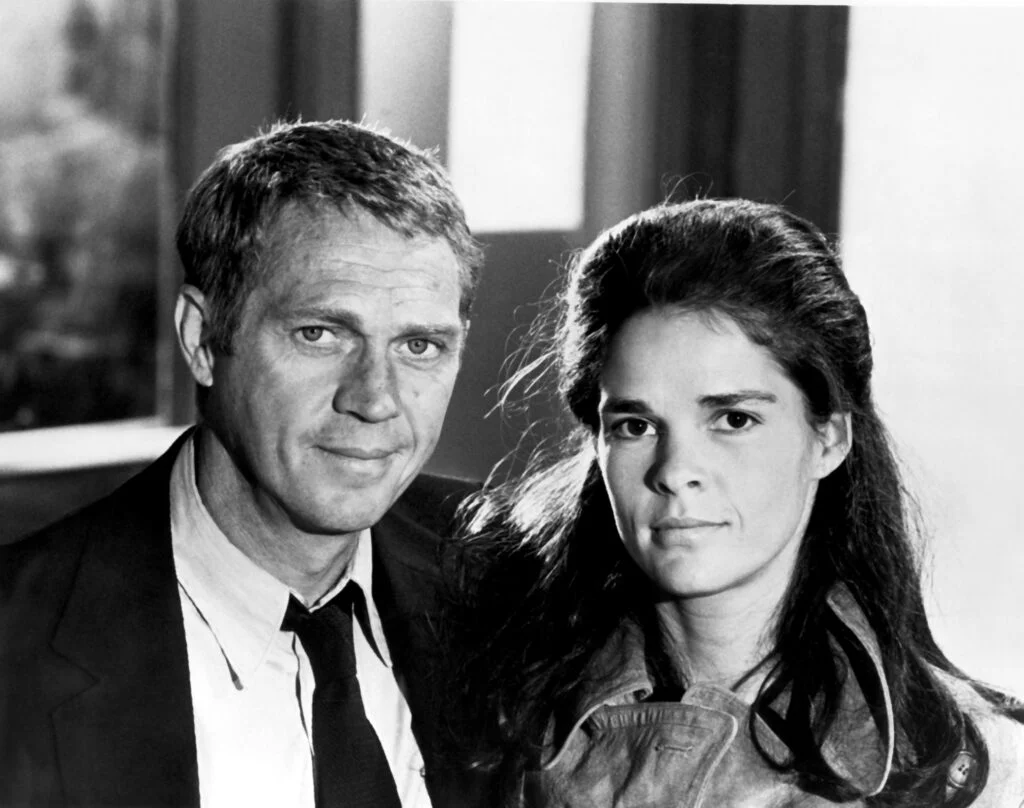
The intensity between Doc and Carol McCoy felt so real that it’s no surprise McQueen and MacGraw fell in love during filming. Their on-screen partnership had that rare quality of two people who seemed perfectly matched for each other’s particular brand of trouble. MacGraw’s fierce loyalty paired with McQueen’s quiet strength created a believable portrait of a couple who would literally go to the ends of the earth together.
Their action scenes together felt like watching real partners in crime, each anticipating the other’s moves with practiced ease. The tender moments between the chaos showed a couple who found peace in each other despite the dangerous world around them. When they looked at each other, you could see the kind of unshakeable trust that only develops between people who’ve been through fire together.
6. Omar Sharif and Julie Christie in “Doctor Zhivago” (1965)
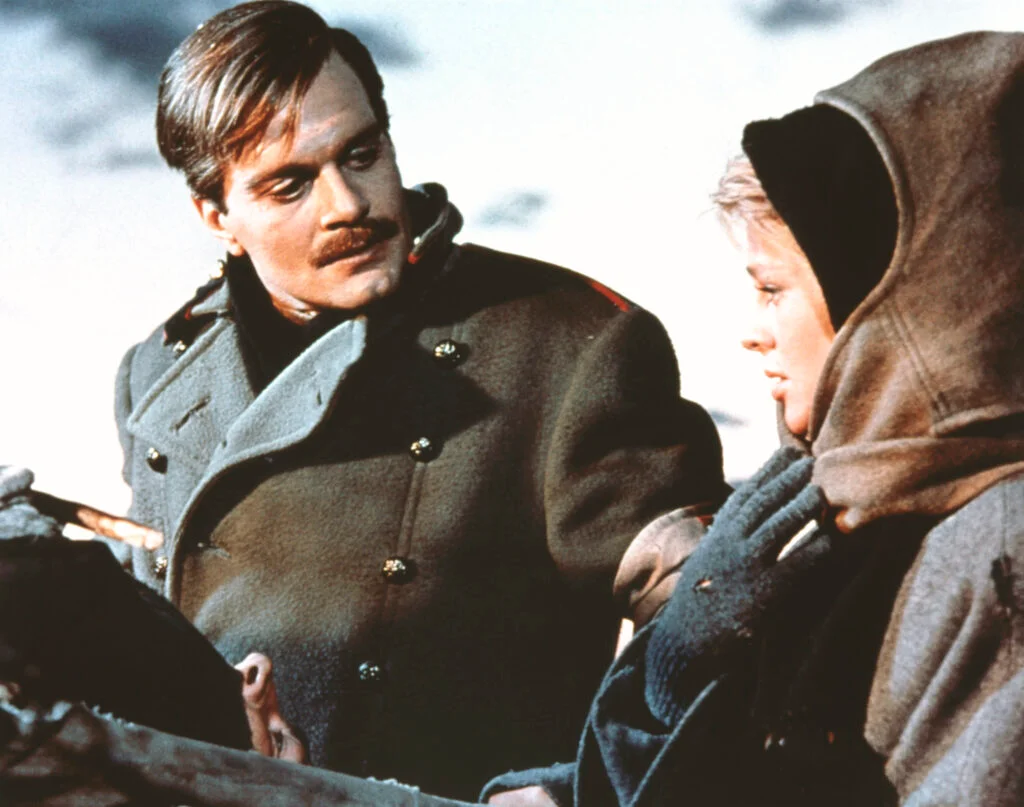
The forbidden love between Yuri and Lara had an epic quality that felt both larger than life and deeply personal. Sharif and Christie brought such genuine emotion to their roles that their brief moments together carried the weight of an entire lifetime of longing. Their chemistry was built on stolen glances and unspoken understanding that made every shared scene feel precious and fleeting.
The way Sharif looked at Christie suggested a man who had found his other half in the most impossible circumstances. Christie’s portrayal of Lara had a quality of wounded grace that made you understand why she would haunt Yuri’s dreams forever. Their love story felt real because both actors understood that the most profound connections often exist in the spaces between what we can say and what we can have.
7. Dustin Hoffman and Katharine Ross in “The Graduate” (1967)
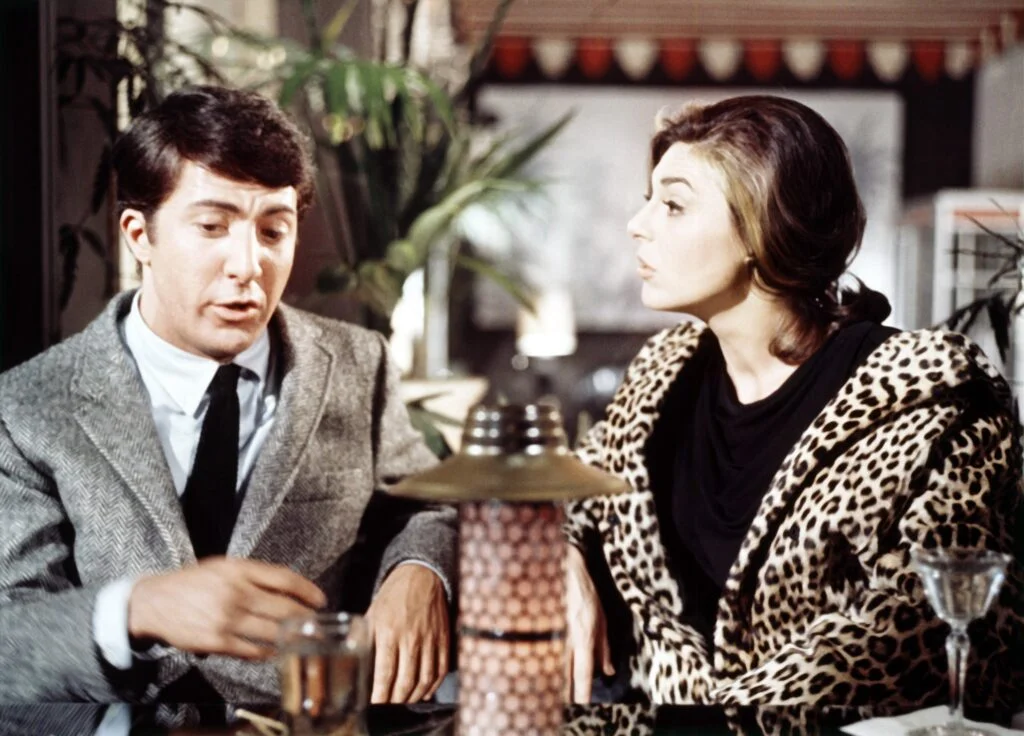
The awkward attraction between Benjamin and Elaine had an uncomfortable authenticity that made audiences squirm in the best possible way. Hoffman and Ross created a chemistry built on genuine nervousness and tentative hope that felt absolutely real. Their scenes together captured that particular vulnerability of young people trying to figure out love while everything around them seems to be falling apart.
Ross brought such natural sweetness to Elaine that her growing affection for the confused Benjamin felt completely believable. Hoffman’s portrayal of Benjamin’s desperate sincerity made you root for him despite his questionable choices. Their final scene together, sitting on that bus, captured the uncertain excitement of two people choosing love over convention—a feeling that resonated with an entire generation.
8. Jane Fonda and Robert Redford in “Barefoot in the Park” (1967)
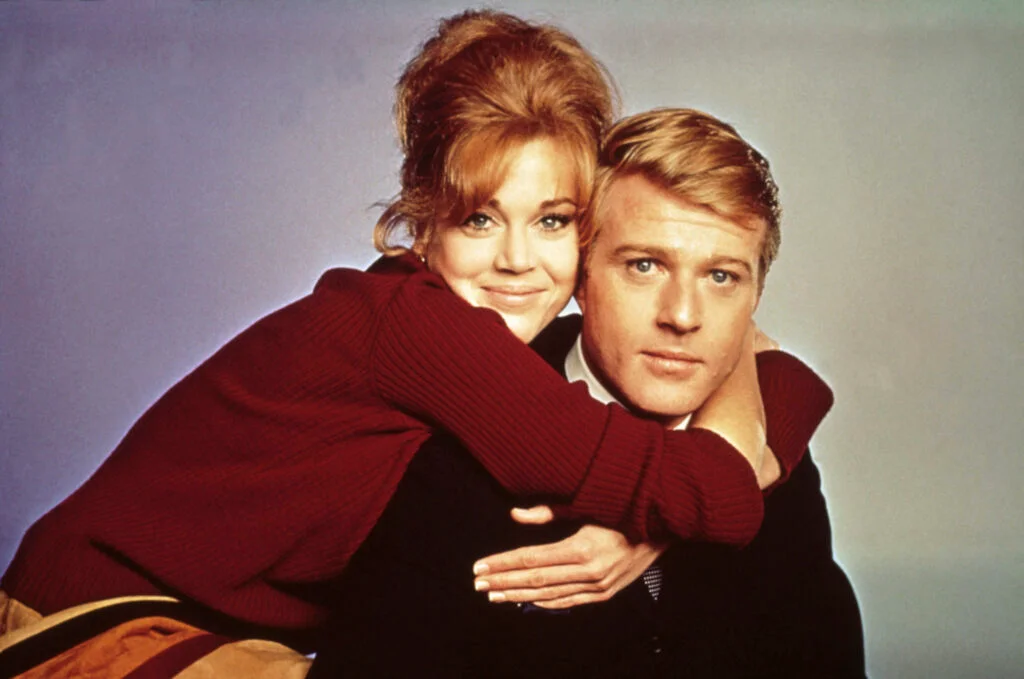
The newlywed energy between Corie and Paul Bratter felt so authentic that you could practically feel the excitement and frustration of early marriage. Fonda and Redford brought a playful chemistry to their roles that made their marital conflicts feel both funny and genuinely touching. Their banter had the natural rhythm of two people who were still figuring out how to be a couple while being completely charmed by each other.
Fonda’s spirited free-thinking paired perfectly with Redford’s measured practicality, creating the kind of opposites-attract dynamic that feels real. Their intimate moments had a sweet awkwardness that captured the vulnerability of newly married couples learning to be themselves with another person. The way they looked at each other during their arguments suggested two people who were frustrated but never in doubt about their fundamental connection.
9. Ryan O’Neal and Ali MacGraw in “Love Story” (1970)
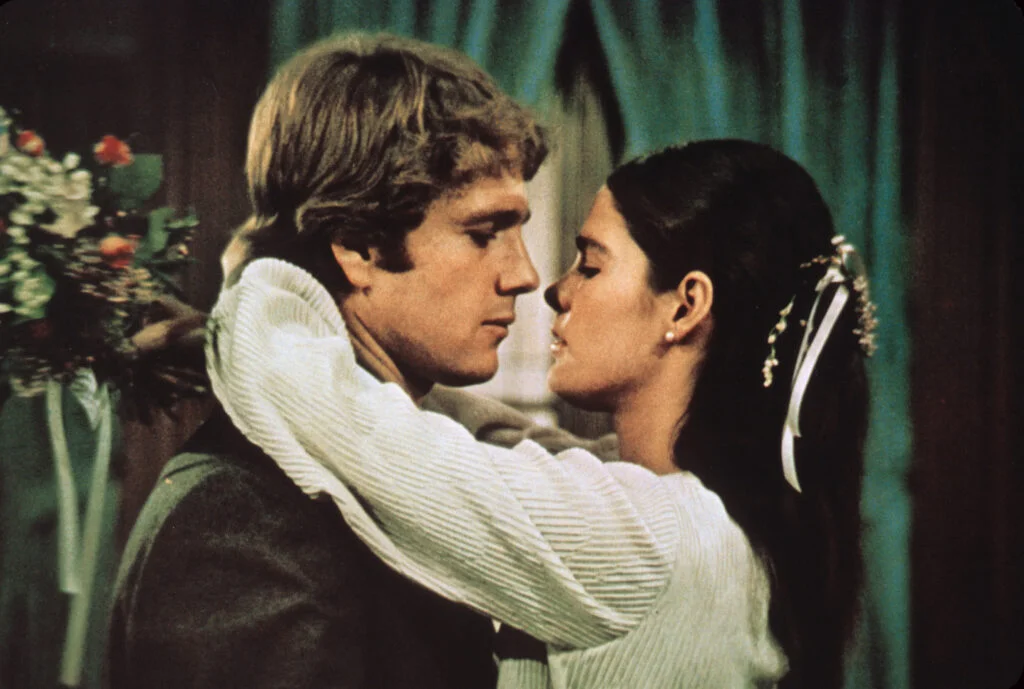
The college romance between Oliver and Jenny had an intensity that felt like watching real young people fall desperately in love. O’Neal and MacGraw brought such genuine passion to their roles that their relationship felt urgent and absolutely consuming. Their chemistry was built on the kind of fierce attraction that makes young couples feel like they invented love itself.
MacGraw’s spirited independence paired beautifully with O’Neal’s determined devotion, creating a love story that felt both timeless and completely of its moment. Their playful arguments and tender reconciliations had the natural rhythm of a couple who truly enjoyed each other’s company. The tragic arc of their story felt devastating because both actors made you believe in their characters’ unshakeable bond.
10. Donald Sutherland and Julie Christie in “Don’t Look Now” (1973)
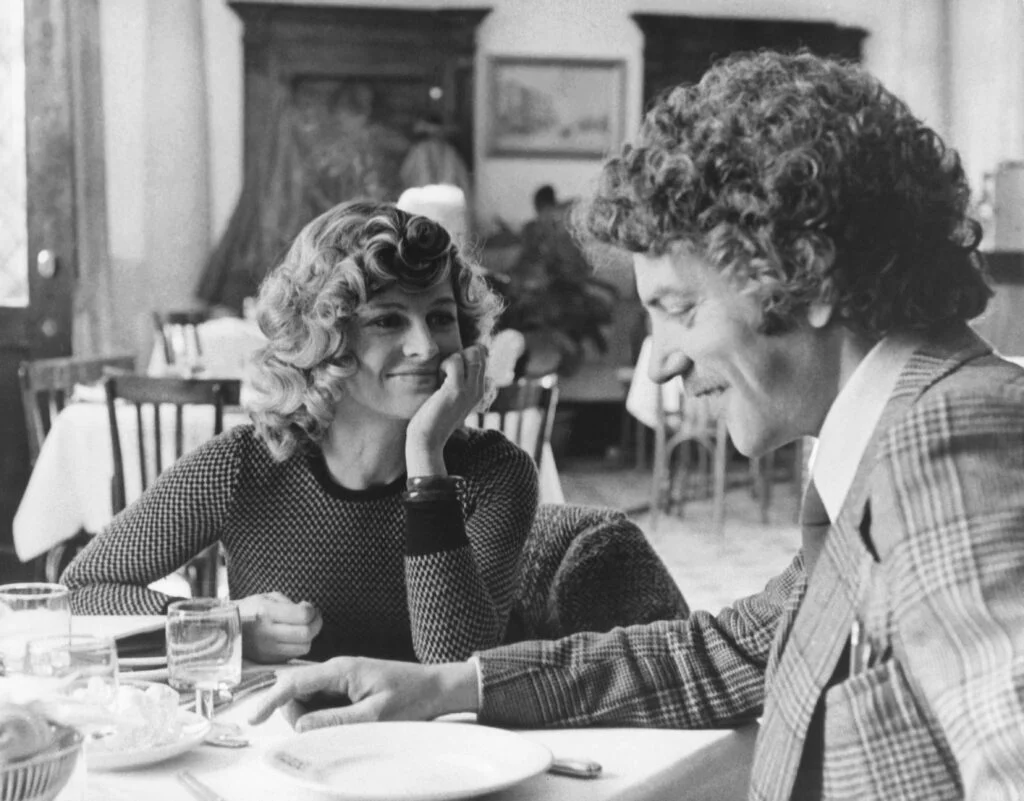
The married couple John and Laura Baxter carried themselves with the comfortable intimacy of people who had been together for years. Sutherland and Christie created a chemistry built on shared grief and mutual dependence that felt achingly real. Their quiet moments together had the quality of two people who knew each other completely and found comfort in that knowledge.
Christie’s vulnerable strength paired perfectly with Sutherland’s protective tenderness, creating a believable portrait of a marriage under strain. Their most intimate scenes felt so genuine that audiences felt like they were witnessing private moments between real people. The way they moved around each other suggested a couple who had developed their own language of looks and gestures—something that can’t be taught or faked.
11. Robert Redford and Mia Farrow in “The Great Gatsby” (1974)
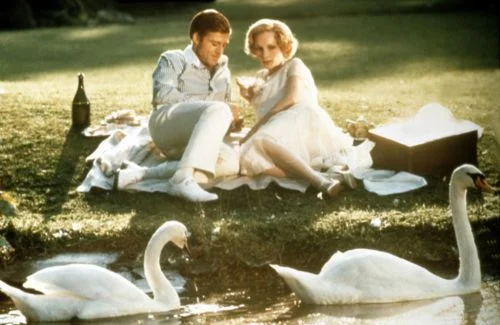
The doomed attraction between Jay Gatsby and Daisy Buchanan had a quality of desperate longing that felt absolutely genuine. Redford and Farrow brought such authentic emotion to their roles that their reunion scene crackled with the tension of two people trying to recapture something precious and lost. Their chemistry was built on the bittersweet recognition of what they once meant to each other.
Farrow’s fragile beauty paired with Redford’s determined romanticism created moments of heartbreaking tenderness. The way Redford looked at Farrow suggested a man who had built his entire world around the memory of their love. Their tragic story felt real because both actors understood that the most powerful love stories are often about what we can’t have rather than what we can hold onto.
12. Art Garfunkel and Candice Bergen in “Carnal Knowledge” (1971)
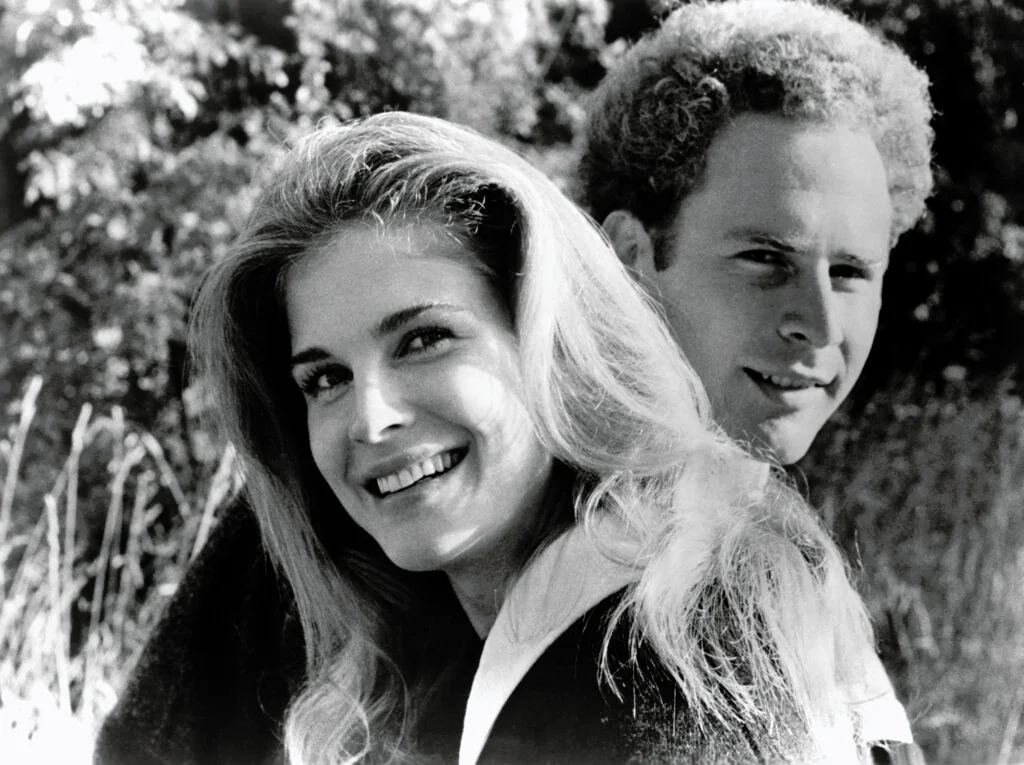
The tentative romance between Sandy and Susan had an authentic awkwardness that captured the complexity of relationships in changing times. Garfunkel and Bergen brought such genuine vulnerability to their roles that their scenes together felt like watching real people navigate the confusing territory between friendship and romance. Their chemistry was built on mutual respect and careful affection that developed slowly and naturally.
Bergen’s intelligent strength paired beautifully with Garfunkel’s gentle sensitivity, creating a relationship that felt both modern and timeless. Their intimate moments had a quality of two people who were genuinely trying to understand each other and themselves. The evolution of their relationship felt real because both actors seemed to understand the courage it takes to be truly honest with another person.
13. Goldie Hawn and Kurt Russell in The One and Only, Genuine, Original Family Band (1968)
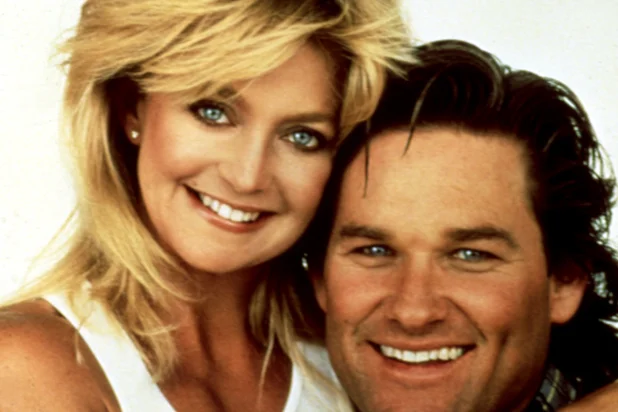
Goldie Hawn and Kurt Russell’s chemistry in The One and Only, Genuine, Original Family Band was the beginning of what would become one of Hollywood’s most beloved real-life couples. Even though they were not romantically involved at the time of filming, the spark between them was undeniable. The way Hawn’s infectious energy paired with Russell’s more grounded demeanor created a dynamic that seemed to be more than just acting. Their onscreen moments, filled with playful banter and growing affection, laid the foundation for a relationship that would eventually blossom off-screen.
What made their romance feel genuine was how their chemistry translated into their characters’ evolving bond. As the characters grew closer throughout the film, the natural ease with which they played off each other made it feel like their connection was based on something real. It’s no surprise that, years later, the two would become one of Hollywood’s most enduring couples.
14. Audrey Hepburn and George Peppard in Breakfast at Tiffany’s (1961)
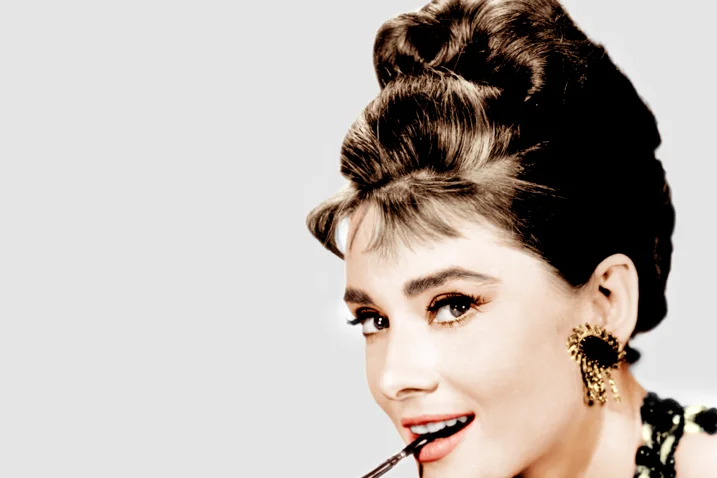
Audrey Hepburn and George Peppard in Breakfast at Tiffany’s were the epitome of glamorous romance. The tension between Hepburn’s free-spirited Holly Golightly and Peppard’s sophisticated Paul Varjak was palpable from the start. Every moment they shared, from their initial meeting to the film’s iconic ending, carried an undeniable sense of chemistry that felt less like acting and more like a blossoming love story unfolding before our eyes. There was something so natural in their interactions that it was easy to forget they were acting, and instead, feel like we were watching two people fall in love in real life.
Their shared vulnerability and openness towards each other’s flaws made their onscreen romance feel deeply genuine. Hepburn’s charm and Peppard’s steady presence created a perfect balance, one that made viewers root for their characters to overcome their personal struggles and end up together. The film’s magical quality wasn’t just in its beautiful cinematography—it was in the palpable, lived-in connection between its two leads.
15. Jack Lemmon and Shirley MacLaine in The Apartment (1960)

Jack Lemmon and Shirley MacLaine’s romance in The Apartment was a perfect blend of comedy and heartache, making it feel more like real life than a scripted love story. Lemmon’s character, C.C. Baxter, and MacLaine’s Fran Kubelik were two people who seemed destined for heartbreak, yet their growing affection for each other was undeniable. The way Lemmon’s awkwardness and MacLaine’s vulnerability intertwined created a tenderness that felt authentic. Their chemistry made their quiet, intimate moments stand out as some of the most heartwarming in classic cinema.
What really made their romance believable was the deep emotional connection that developed between their characters. You could sense that both characters were searching for something more—something deeper than just a fleeting affair. The film’s ultimate message of love overcoming adversity resonated so strongly because of the sincere connection Lemmon and MacLaine shared on screen.
16. Warren Beatty and Julie Christie in Shampoo (1975)

Warren Beatty and Julie Christie’s passionate, tumultuous relationship in Shampoo felt incredibly real, largely due to the undeniable chemistry between the two. Beatty’s smooth-talking, womanizing character, George, was perfectly complemented by Christie’s liberated, free-spirited Jill. The romance between them was filled with tension and contradictions, as George navigated his desire for both personal freedom and romantic fulfillment. The way Christie’s character responded to Beatty’s charm while maintaining her own sense of independence made their connection feel like a real-life complicated love affair.
Their emotional highs and lows were not just dramatic; they were raw and relatable. The vulnerability they showed in their characters’ complicated relationship gave the romance an authenticity that made it feel less like fiction and more like a glimpse into two real lives struggling with love and desire. The film’s chaotic, freewheeling tone was matched perfectly by the genuine connection between Beatty and Christie, making their onscreen romance unforgettable.
17. Jane Fonda and Robert Redford in Barefoot in the Park (1967)
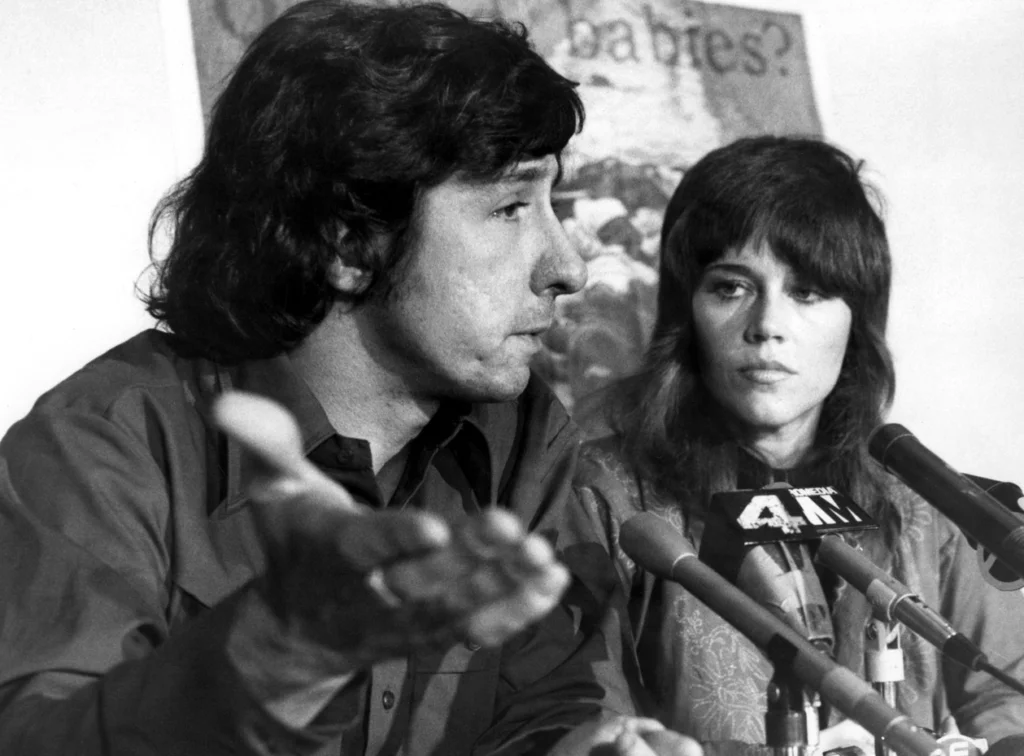
Jane Fonda and Robert Redford’s romance in Barefoot in the Park radiated a warmth that felt incredibly real, largely due to the playful and effortless chemistry they shared. The way their characters, Corie and Paul, navigate the early stages of marriage, with all its quirks and challenges, made their connection feel relatable and personal. There was a natural ease in how they moved together on-screen, which made their growing affection feel authentic. The light-hearted comedy of the film was perfectly matched by their charming, genuine performances, and viewers couldn’t help but believe that they were witnessing the real blossoming of love.
The magic of their onscreen relationship wasn’t just in the comedy—it was in the way the two actors made every moment together feel grounded in true affection. From their playful banter to their more tender exchanges, the chemistry was undeniable. Their romance felt real because it didn’t feel forced or artificial; it felt like two people truly discovering each other, flaws and all.
18. Clint Eastwood and Sondra Locke in The Gauntlet (1977)

Clint Eastwood and Sondra Locke’s onscreen romance in The Gauntlet was undeniably electric, capturing the essence of two people thrown together by fate and forced to rely on each other. The raw intensity of their chemistry made it hard to believe that their relationship was just for the screen. Eastwood’s tough, no-nonsense persona paired perfectly with Locke’s vulnerable but strong-willed character, and the moments of tenderness they shared felt completely earned. Their connection was built on a foundation of trust, and their growing bond in the film felt like a real progression of two people slowly finding common ground.
The way their characters fought for survival together only made their romance feel more real. Their chemistry didn’t come from soft whispers or romantic gestures; it came from the grit of their shared experiences. As they fought their way through danger, the love that developed between them felt like something forged in the fire of adversity, making their relationship feel even more genuine.
19. Katharine Hepburn and Spencer Tracy in Guess Who’s Coming to Dinner (1967)
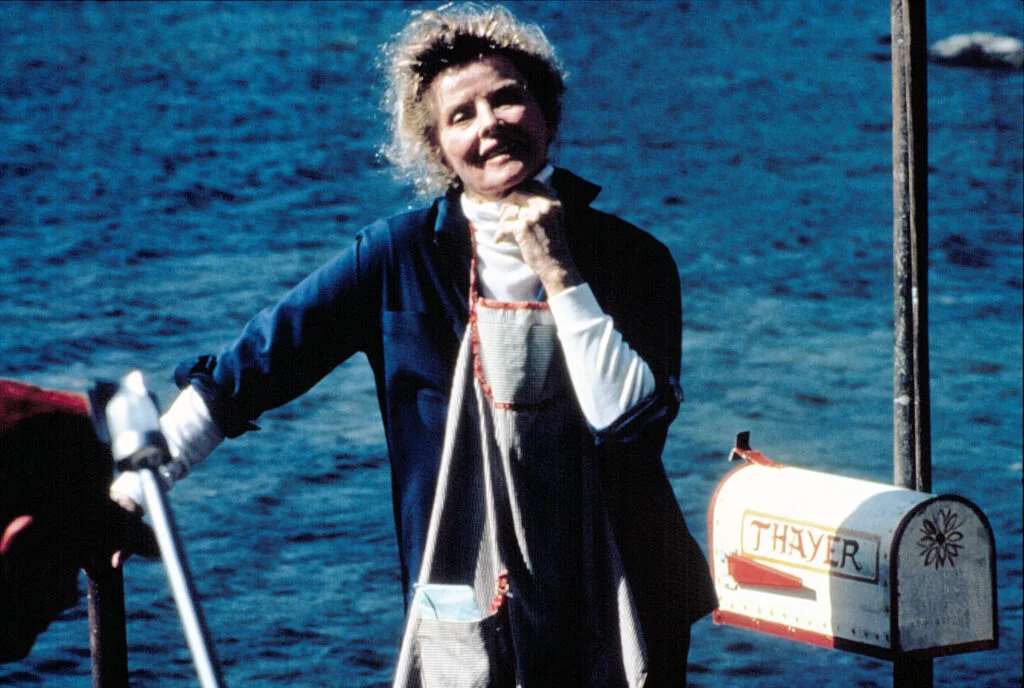
Katharine Hepburn and Spencer Tracy’s romance in Guess Who’s Coming to Dinner was nothing short of timeless. The depth of their connection, both onscreen and off, translated into every moment of their characters’ relationship. Hepburn’s strong, independent character, Christina, and Tracy’s grounded, supportive Matt shared a love that felt both tender and complicated. Their connection was built on years of shared history, and it showed in every glance, every touch. It was a romance that didn’t need grand gestures to feel genuine—it was in the quiet understanding between the two of them.
What made their relationship so believable was the sense that their love had endured, despite challenges. The subtle moments of tenderness, like a shared smile or a quiet conversation, made their onscreen bond feel like a reflection of something much deeper than just acting. Their romance didn’t rely on the drama of the situation; it thrived in the simplicity of two people who had come to rely on and love each other through thick and thin.
20. James Garner and Eva Marie Saint in 36 Hours (1965)
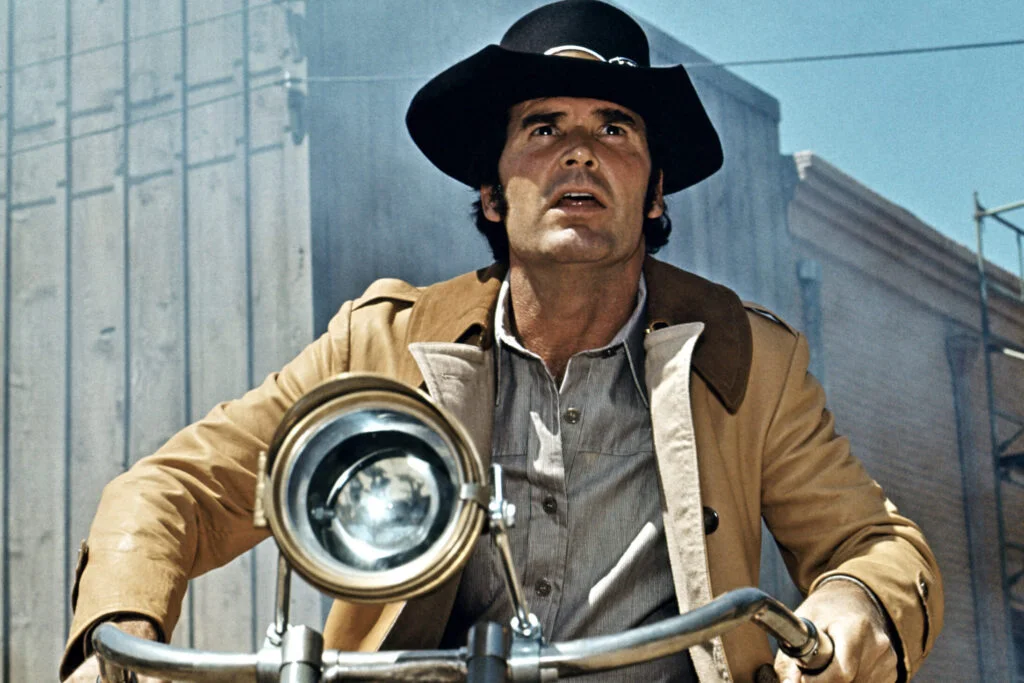
James Garner and Eva Marie Saint’s romance in 36 Hours was an unexpected gem, with their chemistry building slowly but surely over the course of the film. Their connection felt natural because of the way their characters, a spy and a woman caught in an international plot, grew to trust each other despite the danger surrounding them. The way Garner’s calm, collected demeanor contrasted with Saint’s more emotional, but equally strong-willed character, made their moments together feel incredibly real. The pacing of their relationship was organic, with their bond developing gradually as they navigated the tension of their shared predicament.
What really made their romance stand out was the trust they built, not just as characters, but as two people thrown together under extraordinary circumstances. The connection between them wasn’t rushed or forced—it felt earned through the quiet moments of understanding and respect they shared. It was a romance shaped by circumstance, but one that felt entirely believable because of the authentic performances from both Garner and Saint.
Those were the days when movie romance felt like magic, weren’t they? These couples didn’t just act out love stories—they lived them, breathed them, and made us believe in the possibility of finding that one person who could make the whole world make sense. Watching them now, we can still feel that same flutter of excitement, that same hope that real love like that was possible for all of us.


